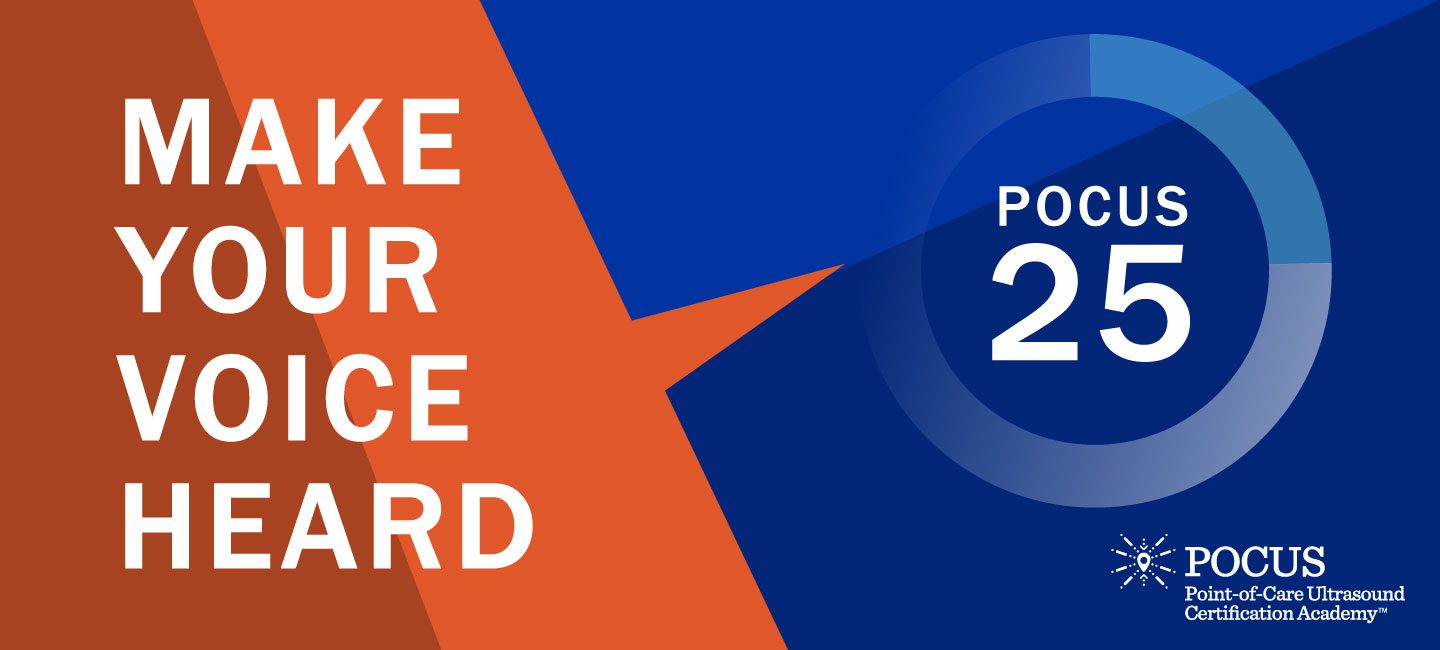“To do the ultrasound, you have to touch your patient. It’s like having X-ray vision during your physical exam,” Jason Bowman, a fourth-year medical student planning a career in emergency medicine and critical care, described. Bowman detailed in the article, Why Point-of-Care Ultrasound Should be a Mainstay in EMS, “It [POCUS] becomes an extension of your eyes and hands and lets you peer under their skin to see exactly what’s going on. And when you clinch that surprise diagnosis and completely change a patient’s care, there’s nothing else like it. We can truly diagnose people in the field – something we can rarely do without imaging.”
In the article, Bowman shares specific examples where the emphasis on the vitality and importance of core point-of-care ultrasound (POCUS) training save lives. One includes a call received by Bowman and his EMT crew for abdominal pain in an 18-year-old woman. Upon their arrival, they learned she was 28 weeks pregnant and in labor.
There were a few challenges the crew was facing, and the most substantial factor creating difficulty was time. The OB that treats high-risk pregnancy was 45 minutes from their location, and the local general hospital was 15 minutes away. Normally, a 15-minute window isn’t too severe; however, it was rush hour.
There were two options available to Bowman and his crew. They could call a helicopter to transport the patient to the high-risk OB or attempt to get her to the local hospital. Both options meant losing critical diagnostic time, and without particulars about her condition, they didn’t know which option would allow for the best possible outcome.
Due to Bowman’s belief in the benefits of POCUS, he and his EMT team were trained in a few primary uses of the modality. Not to mention, they had the device with them.
“We pulled out the ultrasound, and immediately we could see the heart was not beating,” Bowman noted. He had a second paramedic conduct an examination, and he confirmed that there was no fetal heartbeat. After obtaining a definite diagnosis, the next immediate action taken by the crew was contacting medical control. With a diagnosis in hand, medical control instructed the EMT team to treat for pain and transport the patient to the local hospital.
“This case was a completely unexpected use of ultrasound that drastically changed her care,” Bowman summarized.
What is most apparent in this article is the countless number of stories Bowman has to tell, evidencing how the basic know-how and understanding of POCUS changed the outcome of patients called to his care. As made visible by Bowman’s examples, having principal knowledge of POCUS prepares users to care well for any patient at any given time.
Dr. Victor V. Rao, Manager of Global Clinical Content & POCUS Education, at the POCUS Certification Academy™, recommends, “It’s always good to be able to learn the core POCUS curriculum as you never know what cases will come to you.” This mastery is the ultimate goal of POCUS25.
POCUS25 essentially is a list of the core 25 procedures and protocols deemed essential for all POCUS users. Due to the lack of a well-defined and standardized curriculum, POCUS25 is designed to provide more clarity and guidance, especially to the future or current learners of POCUS. Therefore, this core 25 list will become a roadmap for healthcare professionals to utilize in honing the skills required to become proficient at POCUS.
The nature of POCUS from its technical functionality to its usage has and continues to evolve. POCUS25 will do the same as it is dynamic from its inception, leaving room for necessary modifications. POCUS has come a long way since its introduction into medicine. As physicians realize its capabilities to make more efficient, accurate, and prompt diagnosis, POCUS will develop even more so. As it evolves, so will POCUS25.
How will it do so? This list of the 25 core POCUS procedures is being created by those who use the modality in their practice. Anyone in the medical field from around the world can provide valuable input based on their experience. Through a survey, all PCOUS experts are called to share their knowledge and point of view deemed fundamental and indispensable.
The builders of POCUS25 is the medical community itself. They share what they have seen and know to have made an enormous difference in saving a patient’s life or altering the outcome of a patient’s care. The aim is to use the insights gathered to identify and define the 25 focus areas.
Here’s an excellent opportunity to contribute to and make a difference in the medical community. Visit the POCUS Certification Academy’s community page to add your thoughts and expertise to the incredible creation of POCUS25.
Let’s create more Bowman’s and help future POCUS users excel at patient care!
[btn text=”Take the POCUS25 Survey Now” url=”https://inteleos.ca1.qualtrics.com/jfe/form/SV_cOtsui6cepRHbtX” color=”blue” size=”” ghost=”false” block=”true”]
Reference
- Calams, S. (May 15, 2019). Why Point-of-Care Ultrasound Should be a Mainstay in EMS. Retrieved, May 5, 2020 from https://www.ems1.com/ems-products/medical-monitoring/articles/why-point-of-care-ultrasound-should-be-a-mainstay-in-ems-MVNgXuriHLLCrDud/.
- Day, J. (Host). (2020, March 16). Improving Global Health Through POCUS25 [Audio podcast episode]. In FOCUS on POCUS. POCUS Certification Academy. https://www.pocus.org/resources/improving-global-health-through-pocus25/
Looking for additional inspiration? Sign up for our POCUS Post™ newsletter to receive monthly tips and ideas.






















